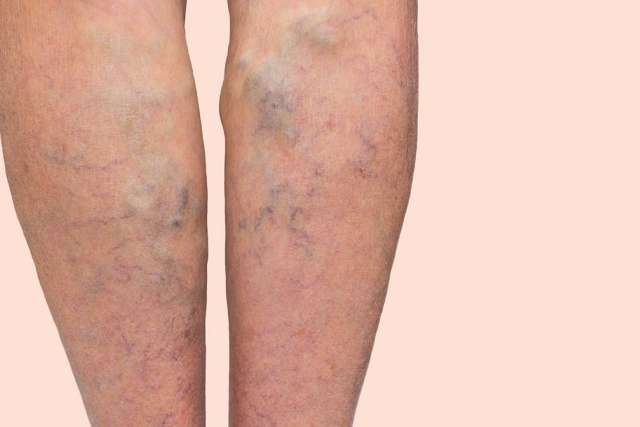Blood clots (venous thromboembolism) affect 900,000 Americans each year and result in nearly 100,000 deaths, according to the U.S. Centers for Disease Control and Prevention. Here’s what you need to know about blood clots and how to protect yourself.
What causes blood clots and why are they dangerous?
Clotting is a normal bodily process. If you have a bleeding injury, platelets clump together to stop you from losing too much blood.
But sometimes clots don’t dissolve as they should. Instead, they form a gel-like mass that slows or blocks blood flow through arteries and veins. Clots may:
- Slow the flow of oxygenated blood
- Break free and travel to other parts of the body where they become lodged and prevent blood from passing through altogether
Risk factors for blood clots
Blood clots affect people of all ages, races and genders. However, some risk factors make you more susceptible. The more risk factors you have, the higher your chance of developing a blood clot. Risk factors include smoking, having surgery or severe injury, or having a family history of clots, plus:
- Cancer and cancer treatment
- Diabetes
- Heart conditions such as atherosclerosis and atrial fibrillation
- Some medicines, including birth control pills
- Obesity or being overweight
- Pregnancy
- Prolonged sitting or laying down
Symptoms of a blood clot
You will experience different symptoms depending on where the blood clot forms. For example:
- Abdomen: Belly pain, nausea and vomiting
- Arm or leg: Pain (sudden or gradual), swelling and skin that is red or warm to the touch
- Brain: Difficulty talking or seeing, weakness, severe headache and seizures
- Heart: Chest pain, shortness of breath and pain in the left arm
- Lungs: Shortness of breath, coughing, pain with deep breaths or lying down, increased heart rate and rapid breathing
What to do if you think you have a blood clot
If you have symptoms such as swelling, tenderness, warm or red skin, speak with your doctor right away. Health care providers can safely treat blood clots and prevent life-threatening conditions such as stroke or heart attack.
If you’re having breathing difficulties, an irregular heartbeat or chest pain, seek immediate treatment in the emergency department.
Blood clot treatment typically involves blood thinners, which slow the body’s ability to form new clots. Depending on the severity of the clot, your doctor may recommend:
- Compression stockings (tight, elastic socks) to help increase blood flow from the legs to the heart
- Thrombolytic therapy (clot-dissolving drugs )
- Thrombectomy, a minimally invasive procedure to physically remove a blood clot
- Vena cava filters, which are cone-shaped filters surgically placed in a large abdominal vein to bring blood back to the heart
How to prevent life-threatening blood clots
Knowing the blood clot risk factors and warning signs is the first step to preventing a life-threatening blood clot. You should also:
- Speak with your doctor about your risk factors, especially before undergoing surgery
- Maintain a healthy weight
- Stop smoking
- If traveling or working in a sedentary environment, get up and stretch your legs every few hours
If you have any of the risk factors for blood clots, talk with your primary care provider.



